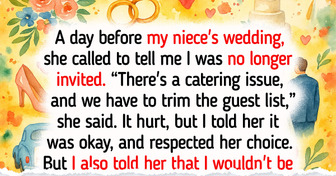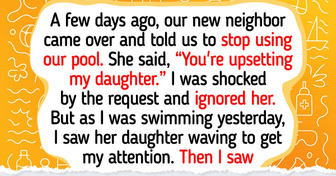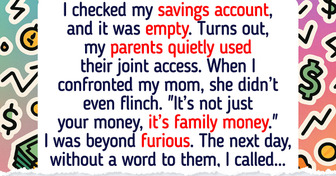I Refused to Have My MIL on Another Trip If She Won’t Babysit—Her Slapback Was Brutal

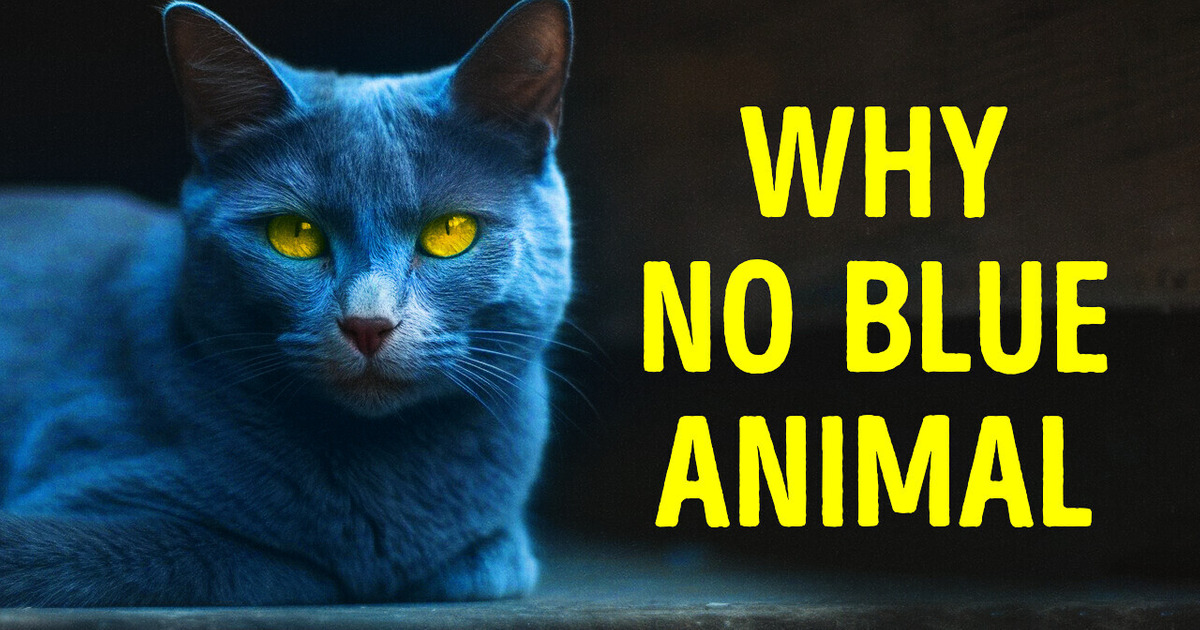
There’s a deer, a dolphin, a squirrel, and... a dinosaur!? You’ve already figured out I’m about to ask you what they all have in common, right? The boring answer is they’ve all lived on this planet at a certain point in time, bla bla bla, sure. What’s even more surprising about their common features is their coloration!
On that note, let me tell you about Abbott Thayer and his amazing theories on animal coloration! He was a portrait painter extraordinaire, but he also had a thing for the colors of the natural world. He came up with some pretty cool ideas about how animals can stay hidden from predators or prey, and they’re still relevant today!
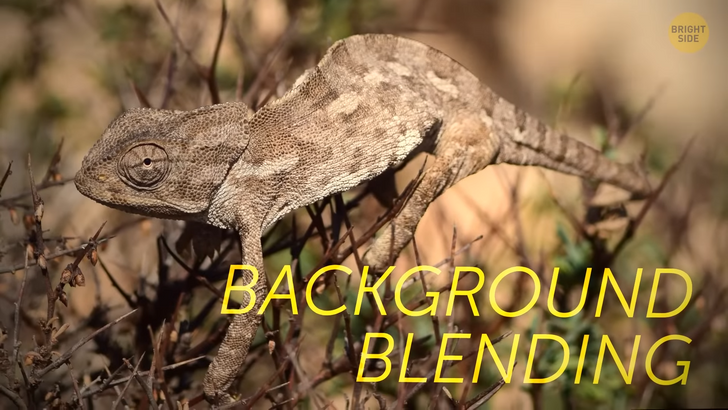
One of his most famous theories is called countershading. Basically, animals are “painted” by nature so that the parts that get the most light from the sky are the darkest, and vice versa. It’s like they’re wearing the perfect outfit to match their environment!
And let me tell you, this technique is not just for fashion-savvy animals. It’s also used by ships to avoid detection. Thayer and his friend even got a patent for it! Thayer also came up with the idea of background blending, which is when an animal or object is painted to match the colors of its surroundings. Think of it as a natural camouflage suit.
Thayer didn’t stop there, though. He also proposed a theory on something called disruptive or dazzle camouflage. This is when an object is painted with a crazy pattern to make it harder to judge its distance or speed. It’s like when you’re trying to hit a piñata that’s moving all over the place, and you can’t quite get your timing right.
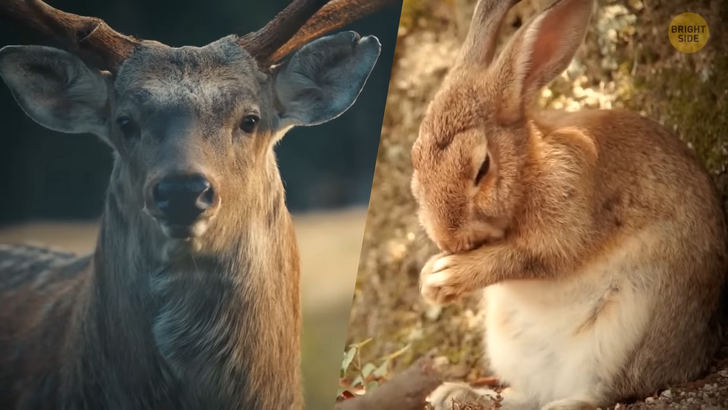
Think about it, if you’re a shark swimming beneath the surface of the ocean, and you look up, you’re going to see the bright sky and the lighter-colored ocean surface. If you’re a prey animal swimming on the surface, your lighter belly will blend in with the bright sky while your darker back will blend in with the deeper water. It’s not just aquatic animals that use countershading to their advantage. Land animals like deer and rabbits have lighter bellies and darker backs, which helps them blend in with the dappled light of the forest floor.
And let’s not forget about birds! Many birds have countershading on their feathers, which helps them blend in with the sky when seen from below and the ground when seen from above. Some creatures out there have a way of warning others that they’re not to be messed with. Yeah, it’s called aposematism — a fancy word for using bright colors or markings to let predators know that they’re toxic or just downright unappetizing.
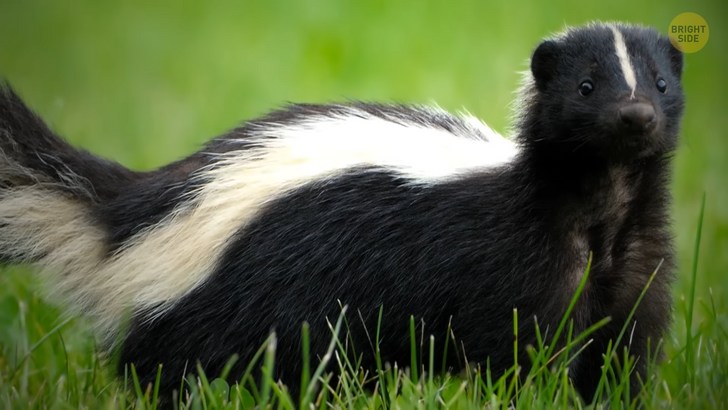
Take the skunk, for example. That broad white stripe on its back is like a neon sign that says “Don’t get too close, or else you’ll regret it!” And those yellow-banded poison dart frogs? They’re walking billboards for their own poison, with their bright and graphic colors letting everyone know that they’re not to be fooled with.
Even wasps use the power of bright colors to signal to potential threats that they’re packing a sting. And you know those cute little ladybugs? The brighter they are, the more toxic they can be — who knew that something so adorable could be so deadly?
It turns out that white, yellow, red, and black are the most effective warning colors in the animal kingdom. Just like how traffic signs caution drivers, these bright markings are nature’s way of saying “Watch out, buddy!” If you ever come across a critter with some serious bling, just remember — they’re not trying to be fashionable.
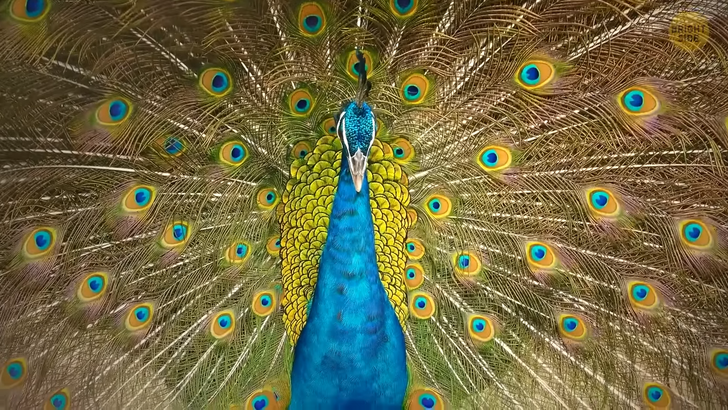
But how come some animals have evolved to use bright colors and others did not? It’s a question that’s been baffling scientists for a long time. Thankfully, one theory coming from a team of researchers at the University of Arizona has uncovered some interesting insights into this colorful mystery.
It turns out that the function of an animal’s vibrant coloring is strongly linked to the activity patterns of its evolutionary ancestors. So, species that use their bright colors to attract mates are usually descended from ancestors that were active during the day. Meanwhile, those that use their colors to ward off predators usually had ancestors that were active at night.
It seems that animals have evolved to use their colors in the most advantageous way possible! Now, you may be wondering how vivid coloration even came to be in the first place. Well, it seems that early in their evolution, most species started out pretty plain and drab. But over time, bright colors evolved across many different lineages because they helped animals survive and reproduce.
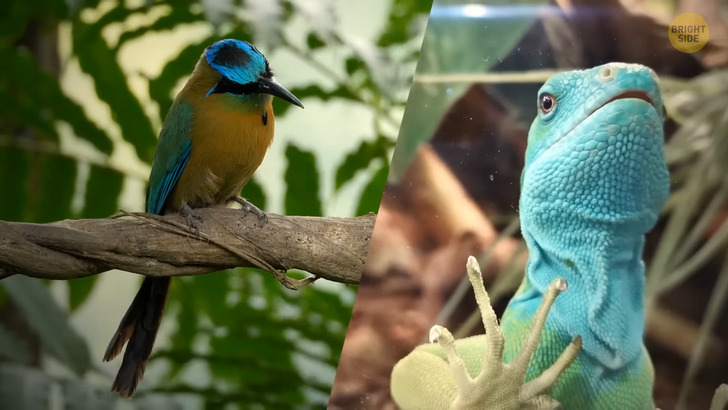
But not all bright colors are created equal. The researchers found that vividly colored lizards and birds usually use their coloring as a mating signal to attract partners, while colorful amphibians and snakes often wear their colors as a warning sign for predators. And get this, many of these amphibians and snakes are diurnal (active during the day) now, but their ancestors were actually nocturnal (active at night). So, there’s no clear connection between warning colors and present-day activity patterns.
Mother nature sure is creative when it comes to helping animals adapt and survive in the wild. But there are some creatures out there that could take the award for the weirdest animals any day. Have you ever stopped to think about what it would be like if we could see through all the layers that protect our internal organs? Because that’s exactly what has happened with the glass frog! Imagine you’re strolling through the lush rainforests of Central and South America, and you come across a tiny little frog perched on a leaf. From above, it looks like your average, run-of-the-mill frog. But if you flip it over, you’ll see all of its organs on display — heart, intestines, and all.
You might be wondering why on earth these frogs have evolved to be see-through. It turns out that their super thin, translucent skin actually helps them blend in with their surroundings, too. When light shines on them from above, their silhouette becomes all jumbled up and difficult for predators to decipher. And let’s face it, when you’re surrounded by vibrant greenery, a green topcoat is a perfect camouflage! But what about those transparent legs? Well, they help to blur the outlines of the frog’s body, making it even tougher for predators to recognize their shape.
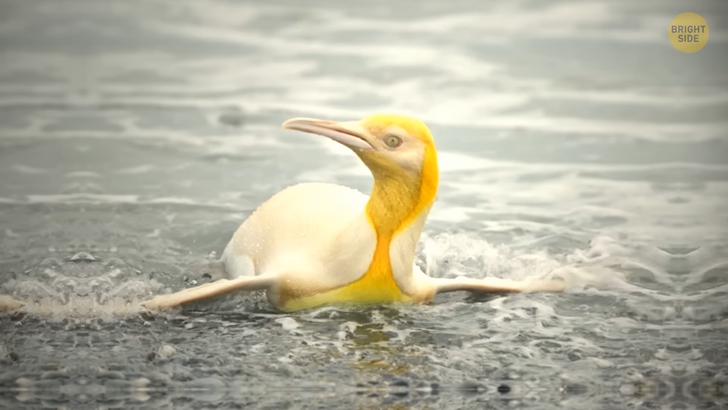
I, for one, had no idea penguins also came in... yellow. One wildlife photographer stumbled upon a sight that left him gobsmacked on a remote island in the southern Atlantic Ocean. He captured some amazing images of a yellow king penguin that had everyone on the beach flapping with excitement! There were 120,000 birds on that beach, and this was the only yellow one there. Scientists are scratching their heads as to how this coloration happened naturally. They think it’s a form of leucism — which is basically an animal’s inability to produce the proper pigments for its natural coloration. But they’re not entirely sure.
All king penguins produce small amounts of this yellow pigment naturally, but in this particular bird, it seems to be the only pigment the animal could produce. Talk about standing out from the crowd, am I right? There are some colors though you’ll rarely find in the animal kingdom. According to some polls, blue is one of — if not the most — popular colors amongst people. Most animals however have a tough time sporting this shade. Some animals get their pigments from the food they eat, like how flamingos turn pink from eating shrimp or how goldfish can alter their golden hue based on their diet.
But unfortunately, there’s no true blue pigment in plants, so animals can’t turn blue through their food. Instead, they have to get creative! For instance, some animals make structures that change the wavelength of light to appear blue. The blue morpho butterfly is a great example of this. Its wing scales are shaped in ridges that cause light to bend in such a way that it reflects only the color blue. If the scales were shaped differently, the butterfly would lose its beautiful blue color.



